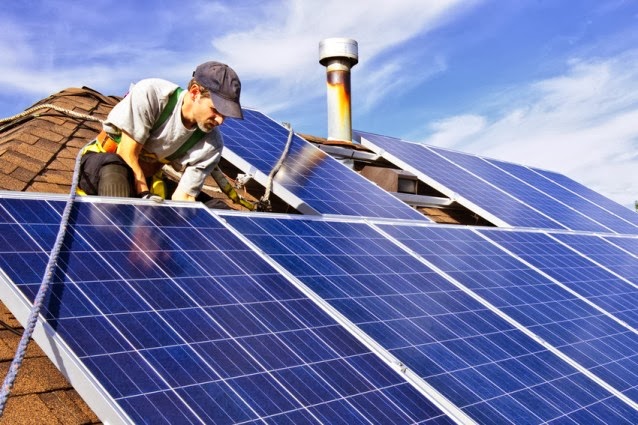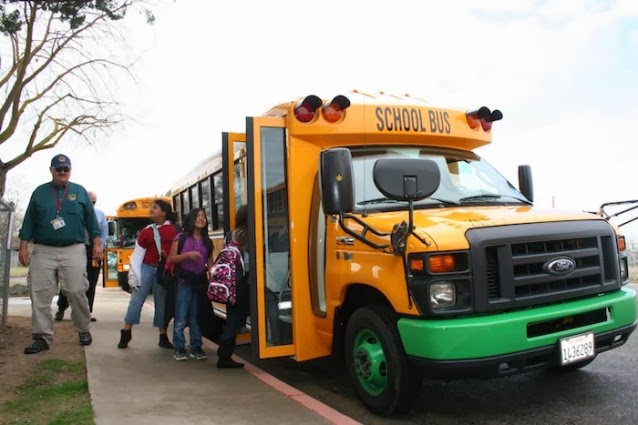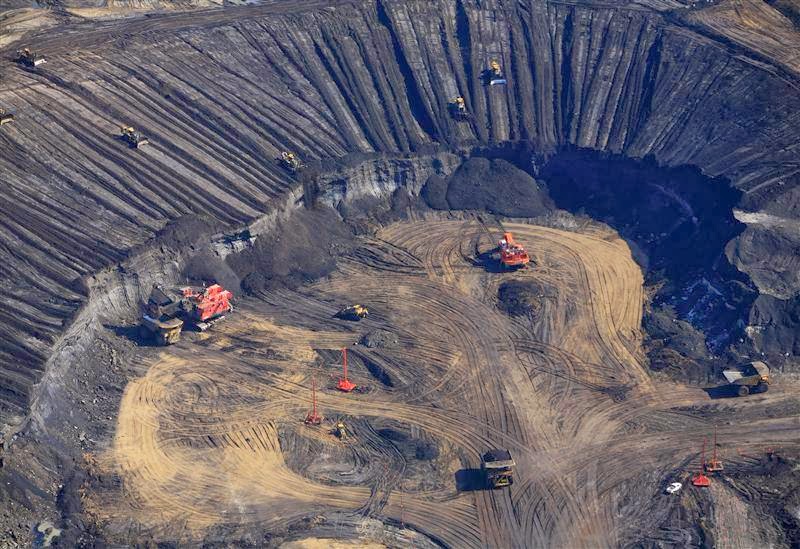Best Buy Teams Up with Solar City

By Jeff Spross SolarCity and Best Buy have announced a deal allowing customers to get low-cost and low-hassle solar power for their homes. It’s what’s called a third party leasing agreement. Rather than purchasing a solar array outright, they lease the system from the provider — SolarCity, in this case. It’s just that the system is installed on the roof of the homeowner. The benefit for the customer is they don’t have to worry about installation and maintenance — the provider handles that — and there are no big upfront costs. The customer just pays the provider a set amount each month for the electricity, and that cost is usually slightly lower than the going market rate. Meanwhile, as the provider, SolarCity gets a guaranteed revenue stream for whatever period of time the lease agreement covers. Partnering with Best Buy allows SolarCity to make use of the chain’s already-existing network of stores to reach as many customers as possible. Upfront costs, maintenance, permits, and in...






